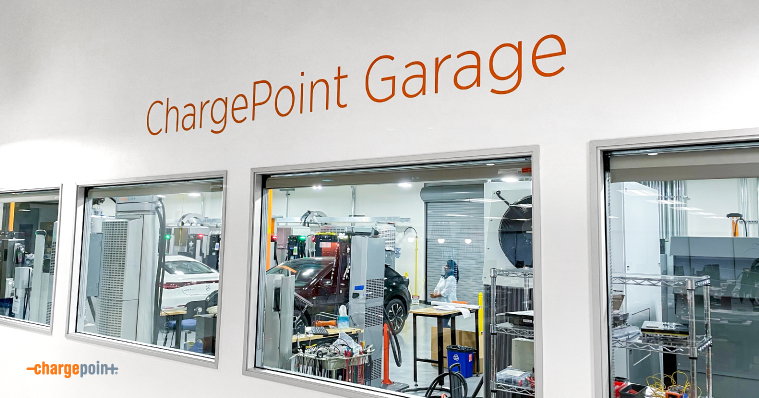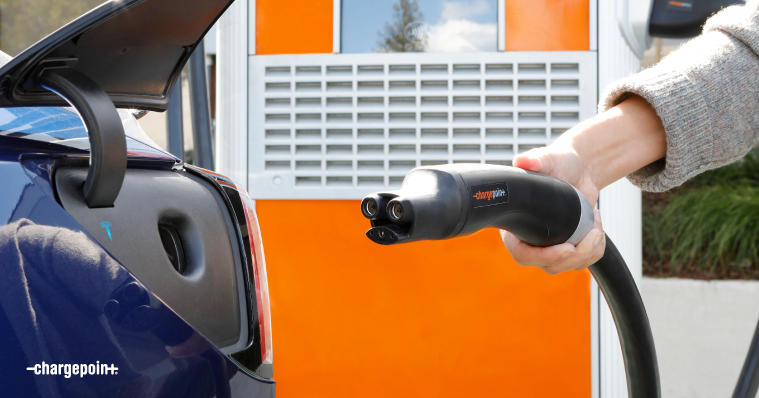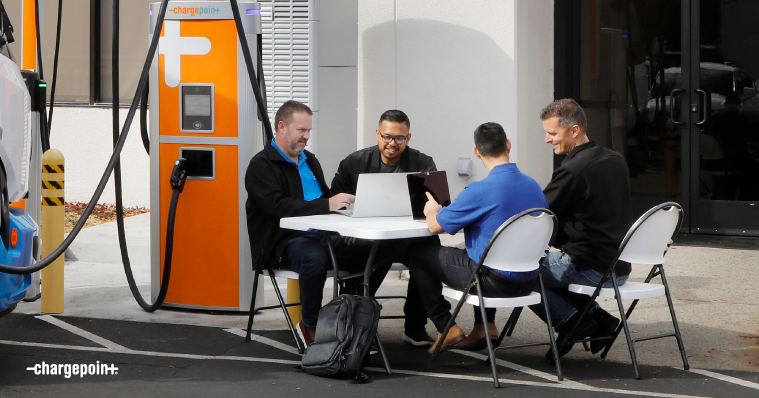
Whether you drive a passenger or fleet vehicle and no matter your connector type, charging your electric vehicle (EV) should be easy. That's why at ChargePoint, we make a solution for every EV make and model.
Interoperability is more than just a connector
Now that more carmakers are shifting to the NACS connector (or SAE J3400, as it's now officially known), ChargePoint is there for those drivers as well. We have native connectors and conversion kits available for Level 2 AC and DC fast commercial solutions, as well as our Home Flex product. We're happy that the industry seems to have settled on a standard connector type in North America — it removes one more barrier on the road toward the mass adoption of EVs.
Welcome to the garage
At the center of our interoperability efforts — literally — is our one-of-a-kind advanced testing lab (colloquially known as “the garage”) located at ChargePoint headquarters in Campbell, California. We do the interoperability testing on-site to make sure our AC and DC charging platforms work seamlessly (and tirelessly) with every vehicle on the road today and tomorrow. Inside the garage is where the magic begins.
Video courtesy of Out of Spec Reviews
Interoperability starts with software
There are a lot of advantages to having a lab right inside our offices. We have easy and open access to the people and resources necessary to make sure everything works exactly as it should so drivers receive the simple, reliable charging experience that will help lead to the mass adoption of EVs. We welcome all auto OEMs to bring their electric models into the garage for free interoperability testing. And do they ever!
As you can see, interoperability involves a lot more than just a connector. It requires years of experience and partnerships built on trust and a shared commitment to help decarbonize the planet through e-mobility.
Since we started, we’ve put upward of a hundred different models from every major automaker and born-electric startup through the paces. Over a couple of days, we deplete the batteries and charge them to 100% over and over in a variety of conditions. In fact, we run 15 to 20 basic tests for both AC and DC charging, looking for problem scenarios such as early disconnection or charger button presses. Depending on the OEM, they may want specific tests performed on different vehicles. We do that, too. It’s another way to not only make sure EVs work but also work for the people who drive them.



